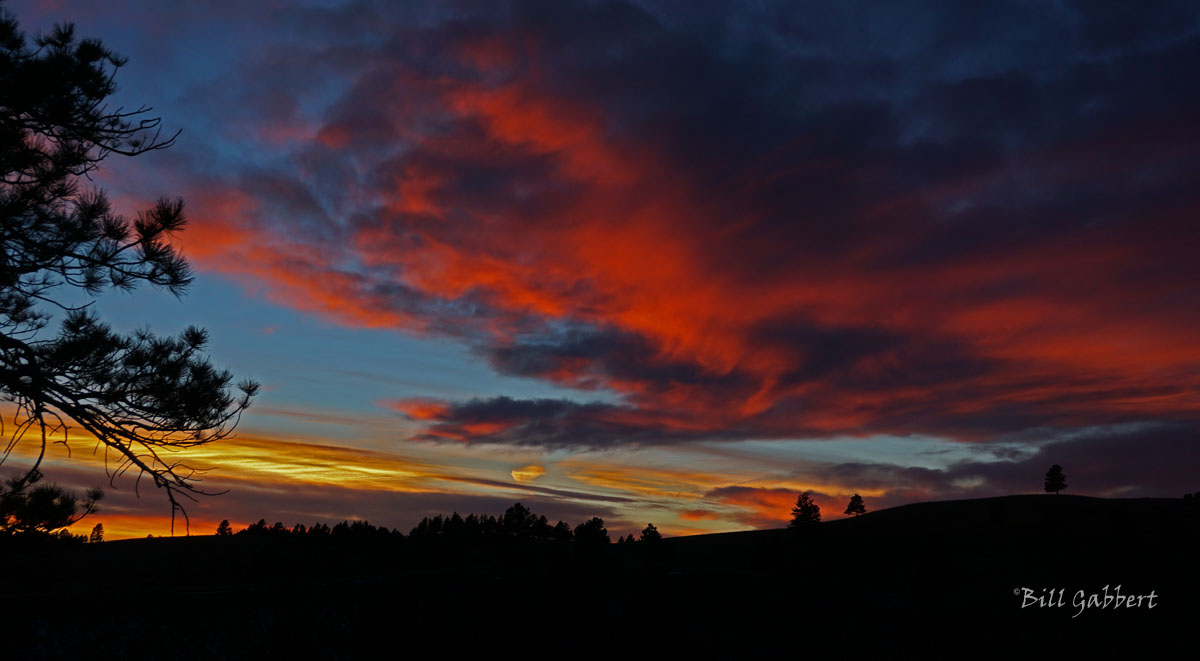Wind Cave National Park — click to see larger version. Photo by Bill Gabbert.
Tag: South Dakota
New way to share lessons learned
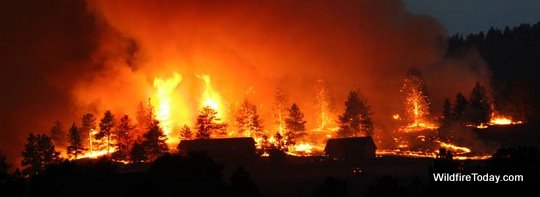
The Wildland Fire Lessons Learned Center has added a new lesson sharing tool to their bag of tricks. Using the 18-minute video about the experiences of the two firefighters that were entrapped in one fire shelter on the 2007 Alabaugh Fire south of Hot Springs, South Dakota, they created a new training experience using a system developed by TED, called TED-Ed. The way it works is that you view the video, then answer or discuss 12 questions. (Link to the final TED-Ed product.)
In case you’re not familiar with TED, it is a nonprofit devoted to spreading ideas, usually in the form of short, powerful talks (18 minutes or less). TED began in 1984 as a conference where Technology, Entertainment and Design converged, and today covers almost all topics — from science to business to global issues — in more than 100 languages. Meanwhile, independently run TEDx events help share ideas in communities around the world.
(UPDATE: there is another TED-Ed that the LLC created. It’s for the Mudd Fire, where an engine crew survived an entrapment.)
The video below is not the TED-Ed product, it is the original lesson sharing video in which the two firefighters tell their story about the entrapment. This video is the foundation for the TED-Ed product which can be found HERE.
The making of the Whaley Gulch time lapse video
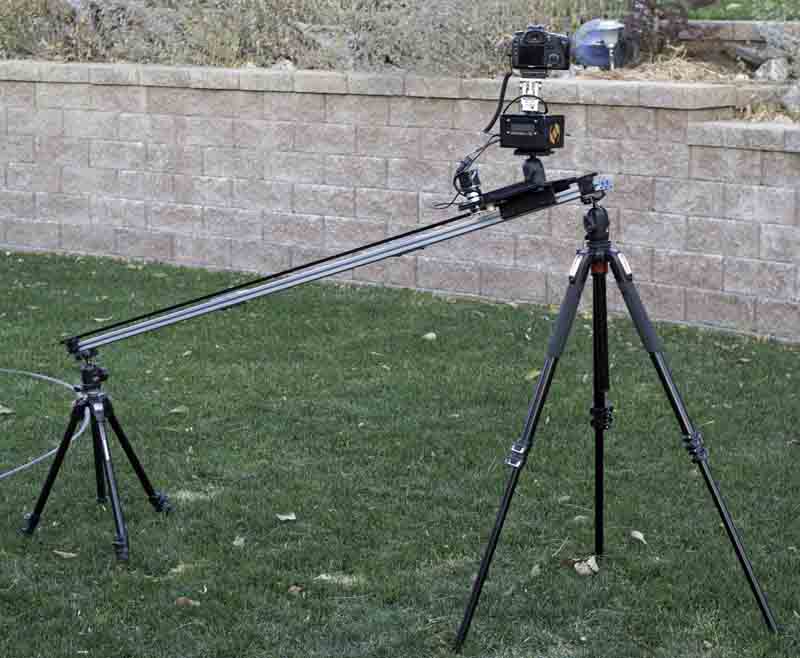
Being an enthusiastic amateur photographer, I was curious about how Benjamin Carstens made the time lapse video of the Whaley Gulch prescribed fire north of Hill City, SD that we published a week ago. It was not an ordinary time-lapse — it was obvious that the camera was moving very smoothly while the images were being recorded.
Mr. Carstens told us that he used a Canon 5D Mark3. He began the shot at about 5:45 p.m. and ended it at 9 p.m. He used Photoshop and Lightroom to do basic editing, and then Irtimelapse to merge the individual images, shot 25 seconds apart, into a video.
The photo above shows his dolly or slider that moves the camera while the photos are being taken.
There are other cameras that can make time lapse videos without the need for any other equipment. But without the dolly/slider you will not get the camera movement effect which adds a degree of professionalism. Some GoPro cameras can shoot time lapse, but may require some manipulation in their proprietary software to produce the finished video product.
I recently got a Sony A6000, a mirrorless interchangeable lens camera, to which I uploaded an optional software app for time lapse. It creates the video directly without the need for any other processing or software. I really like the camera. Since it does not have a mirror that flops up and down when you take a photo, it can be much smaller and lighter than a conventional DSLR. It has a 24 MP APS-C sensor, ISO up to 51,200, one of the fastest auto focusing systems in existence, can shoot at 11 frames per second (great for air tankers dropping), and built in Wi-Fi, making it possible to transfer photos to your cell phone or computer without swapping cards.
I made the above 13-second time lapse video with the Sony camera, showing clouds moving toward the south over a 45 minute period. The 390 images were shot 7 seconds apart and saved by the camera as a 30 frames per second 279MB .avi file, which I converted on my computer to a 13MB .wmv file. I am looking forward to making a time lapse of a wildfire.
Mr. Carstens sent us more photos taken at the Whaley Gulch prescribed fire as the crews were finishing up the project on November 6.
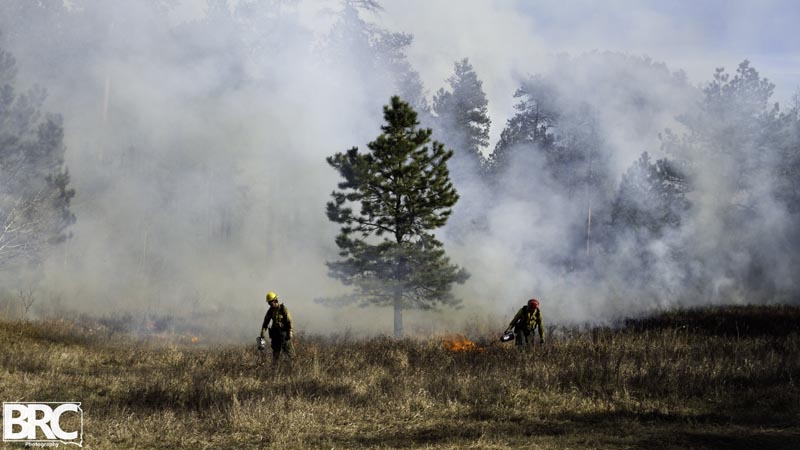
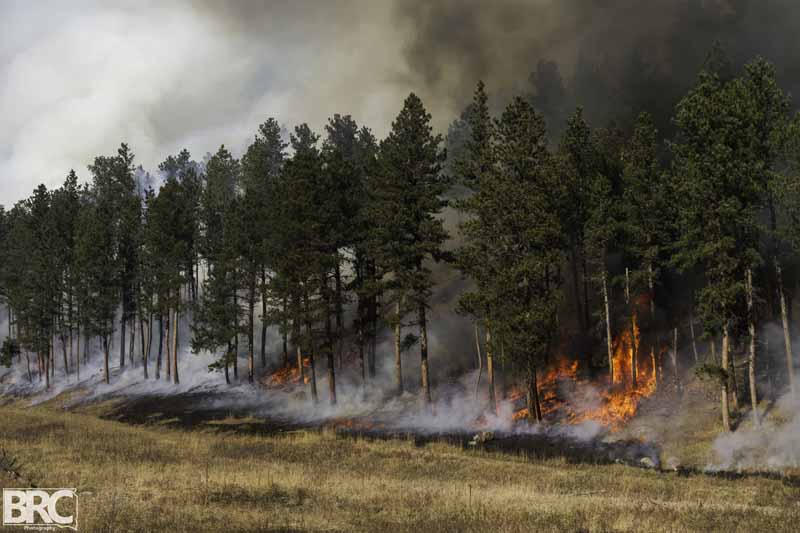
Time lapse video of prescribed fire near Hill City, SD
Benjamin Carstens sent us this excellent time lapse video of nighttime burning on the Whaley Gulch prescribed fire about four miles north of Hill City, South Dakota, recorded on October 28, 2014. It’s very cool seeing stars and the moon track across the sky while the fire burns.
Prescribed fires in Wind Cave continue
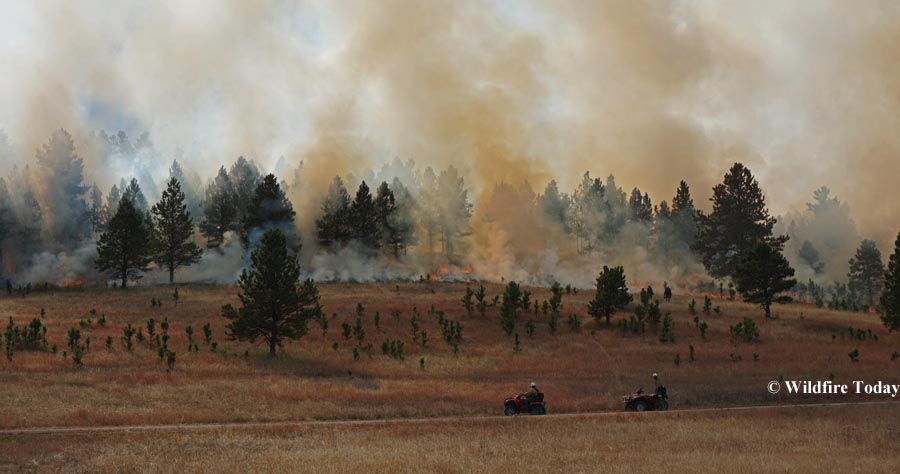
The National Park Service fire staff at the Northern Great Plains Area has been busy this week in South Dakota. On Monday and Tuesday, along with other federal and state cooperators, they executed the 1,938-acre Norbeck Section 2 prescribed fire. On Friday they accomplished about 200 acres in Jewel Cave National Monument, and on Thursday and Saturday burned two units for 1,199 acres in the Cold Brook project in Wind Cave National Park. They still want to burn a third 1,000-acre unit in the Cold Brook area, but are waiting for a specific smoke dispersion condition near an urban interface area.
The weather this week has been close to ideal for burning in the Black Hills, obviously. The high temperatures have been in the low 70’s, the winds moderate and mostly consistent, and the relative humidity has been in the 20’s.
Time lapse of Norbeck prescribed fire
This time lapse video shot by the South Dakota Wildland Fire Division shows the final portion of the ignition of the Norbeck Section 2 prescribed fire, as the lines were tied in at the south end of the project on Tuesday, October 21, 2014. The GoPro camera placed on the Rankin Ridge Fire Lookout Tower in Wind Cave National Park was set to record an image every 30 seconds.
The camera is looking west at the intersection of Highway 87 and Rankin Ridge Road (391). Google Maps.
The project was a multiagency effort with state, federal, and local firefighter participation on state, federal, and private land.
More information about the Norbeck Section 2 prescribed fire.

